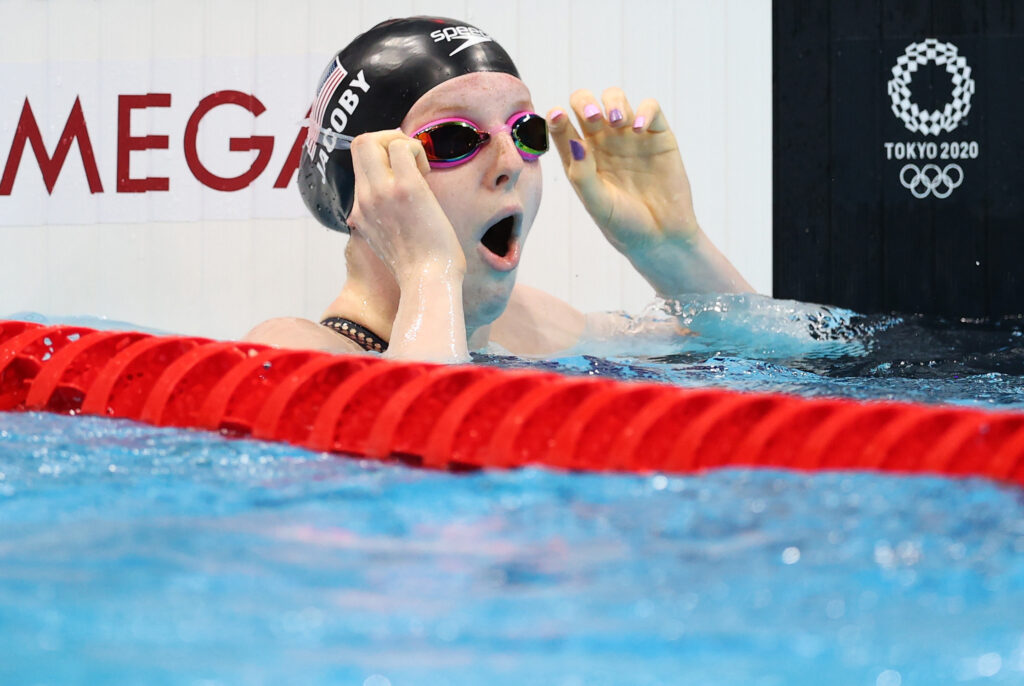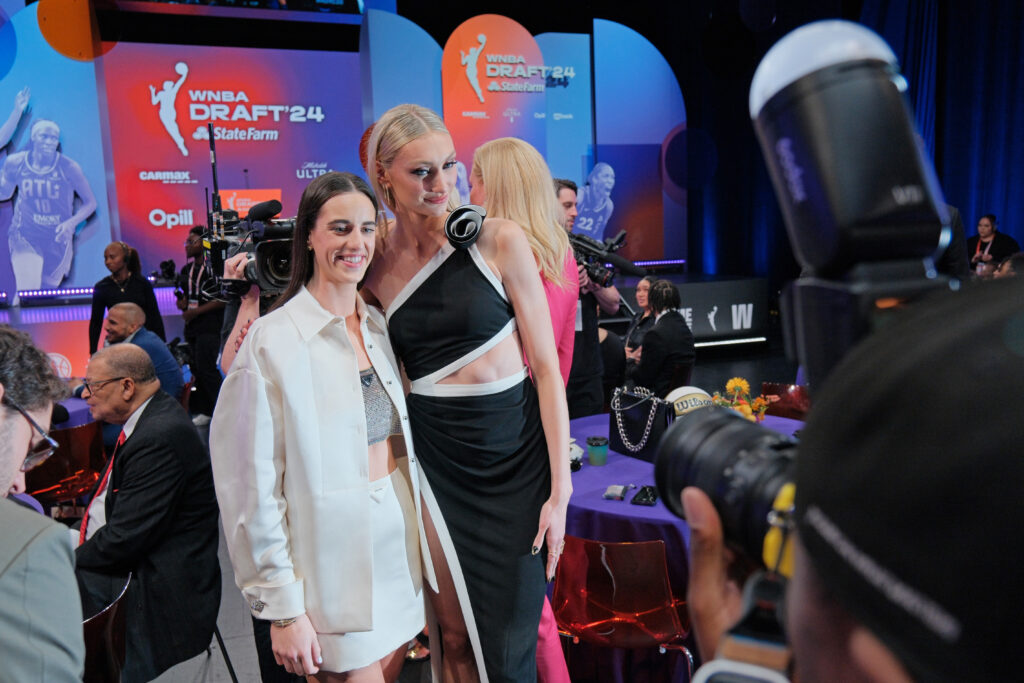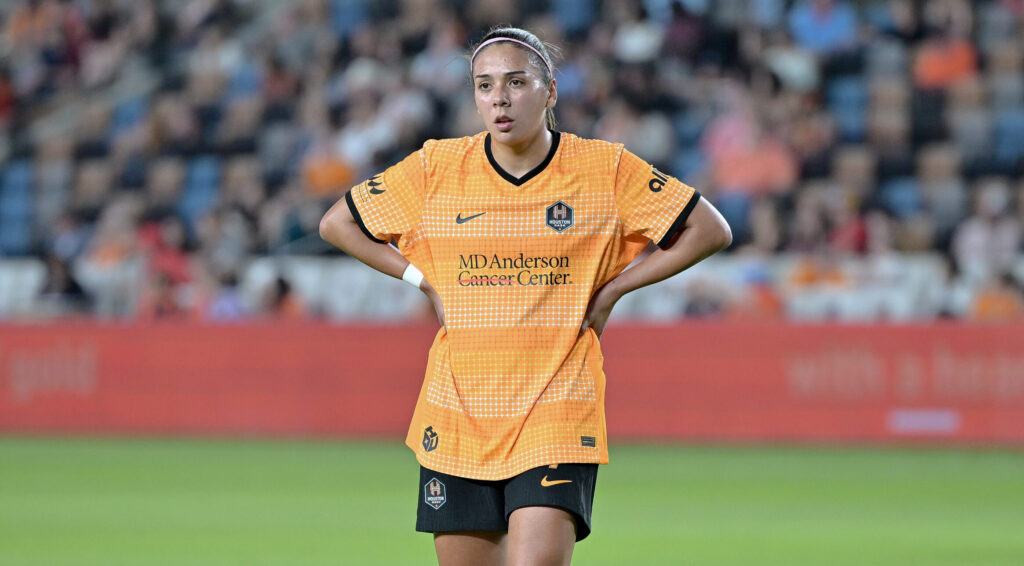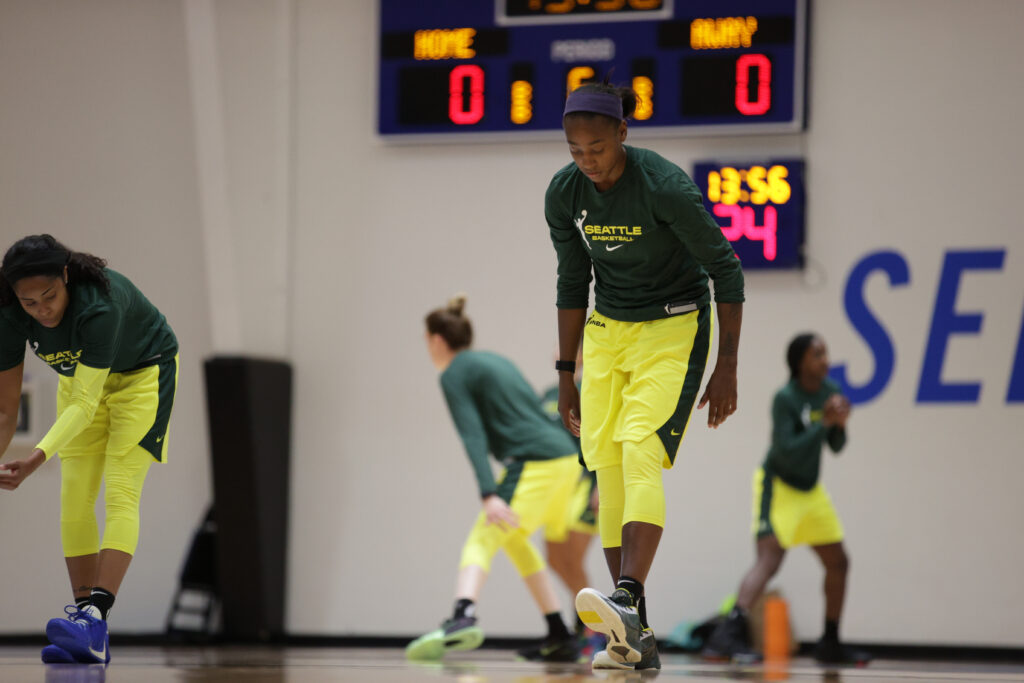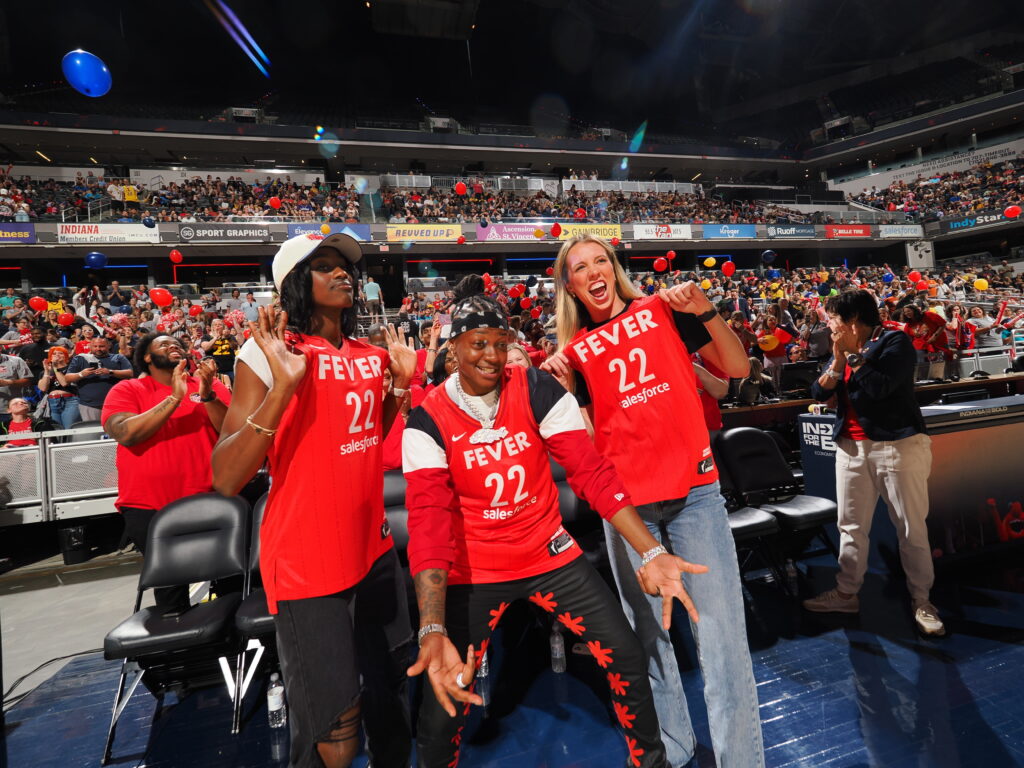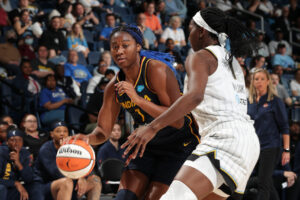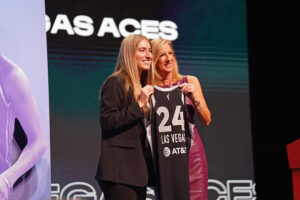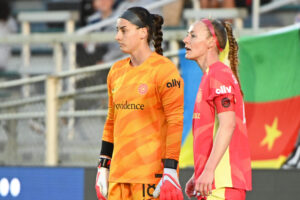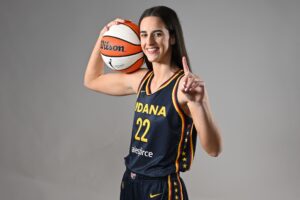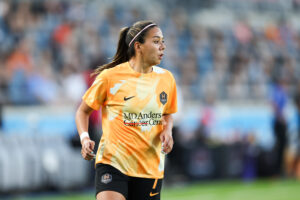The Tokyo Olympics were by no means a failure for Team USA in the pool, though it might look that way at first glance.
While the women’s overall medal count increased from 16 to 18 — thanks in part to the addition of the women’s 1500-meter freestyle — the overall gold medal count decreased to just three — in large part due to Australia’s return to dominance. And while in past Olympics, Team USA consistently produced the breakout swimmer(s) of each Olympics (Katie Ledecky, Simone Manuel, Missy Franklin, etc.), this year, that title undeniably belonged to Australia’s Ariarne Titmus.
Ariarne Titmus made major waves in Tokyo for Team Australia! 🇦🇺
— MySwimPro (@MySwimPro) August 10, 2021
🥇🥇
🥈
🥉 pic.twitter.com/oAKYq3G2oN
In total, Australia won 14 medals — but eight of them were gold.
That doesn’t mean it’s time to hit the panic button for Team USA. While the U.S. didn’t dominate the top of the podium as many are used to, there are plenty of reasons to believe that USA Swimming’s future is bright.
There’s more depth than ever before
Anyone who has watched a collegiate conference meet understands the importance of depth to winning a championship. Even in an ‘individual’ sport like swimming, teams that have depth are simply more successful. This held true in Tokyo, where at this year’s Olympics, there were six events in which the U.S. women got two swimmers on the podium. That’s the most since 1984.
These included events in which, five years ago, the United States failed to medal at all.
The women’s 200-meter breaststroke in Tokyo saw Annie Lazor and Lilly King make the podium. In Rio, King didn’t even make the top eight, placing 12th overall. Fellow American Molly Hannis placed 16th.
In the 200-meter butterfly, the U.S. had no medalists five years. But Regan Smith and Hali Flickinger grabbed silver and bronze, respectively, in Tokyo.
Don’t forget the up-and-comers
All things considered, the USA Swimming team in Tokyo was exceptionally young. Of the 26-person roster, 10 were teenagers. While facing your first Olympics at such a young age can lead to a lot of pressure, many responded well.
Katie Grimes placed fourth in the 800-meter freestyle at just 15-years-old. Torri Huske, at 18, finished one one-hundredth of a second away from a bronze medal in the 100-meter butterfly. 17-year-old Lydia Jacoby could very well be the future of American sprint breaststroke. Bella Sims, who made the Olympic Team on the 4×200-meter freestyle relay, could very well qualify individually in the 200-meter freestyle in 2024.
There are also some that didn’t even make the team but had a strong showing at the U.S. Olympic Trials in Omaha. Gretchen Walsh — the younger sister of Olympic silver-medalist Alex Walsh — finished fifth in the 50 free in a time of 24.74, just off of her personal best. As she heads to college at Virginia alongside her sister, look for her to make strides and potentially make the team in Paris.
This younger generation is poised for success. As Women’s Olympic team coach Greg Meehan pointed out, their experience in Tokyo bodes well for 2024, where these athletes will already have an idea as to how to manage the pressure of the Olympics.
“It is exciting with such a young team,” Meehan told the Washington Post. “But the one thing you’re going to know from the United States is no one is just going to let them walk to their spot in 2024. They’re going to have to earn it.
The best can be even better
Bad meets can happen. And while this was by no means a “bad meet” for the U.S., some of the very best swimmers were not performing at the levels that they are capable of.
Part of that can be attributed to the Covid pandemic, as even the world’s best swimmers struggled to find ideal training conditions. Additionally, the toll the pandemic took on athlete’s mental health has been vast and should not be understated. It can be difficult to train without an end goal in sight. And a year ago, many of these athletes had no idea if the Olympics would even happen.
Consider both Regan Smith and Simone Manuel. Smith is the world record holder in the 200-meter backstroke. She failed to even qualify for the event in Tokyo. And while she had a strong 100-meter backstroke showing, it was still off of her best. But she did shine in the 200-meter butterfly, grabbing silver and showing that she could still reach her potential on the biggest stage in Tokyo.
Then there’s Manuel, the Olympic gold medalist in the 100-meter freestyle and silver medalist in the 50-meter freestyle in Rio. Manuel failed to qualify for the final of the 100-meter freestyle at Olympic Trials back in June. She later revealed that she had been suffering from overtraining syndrome, which caused her to take some time out of the pool. Despite this, the Olympic champion was included on the 4×100-meter freestyle relay in Tokyo, and she delivered. She was one of two swimmers, alongside Abbey Weitzel, who swam under 53 seconds for the United States en route to bronze. While she’s capable of much faster, it was a promising performance for one of Team USA’s best sprinters.
There’s also something to be said for the improvements made by both Flickinger and King. Their stories should be cause for hope among those who finished just outside of medal contention in Tokyo, such as Rhyan White in the 200-meter backstroke.
Some of Team USA’s swimmers are at the beginning of their career. Some are in the middle. And some are at the end. And while the team’s performance in Tokyo may not have been as dominant as it has in year’s past, there’s still plenty of reason to believe that the best is still ahead for the women’s swimming team.
